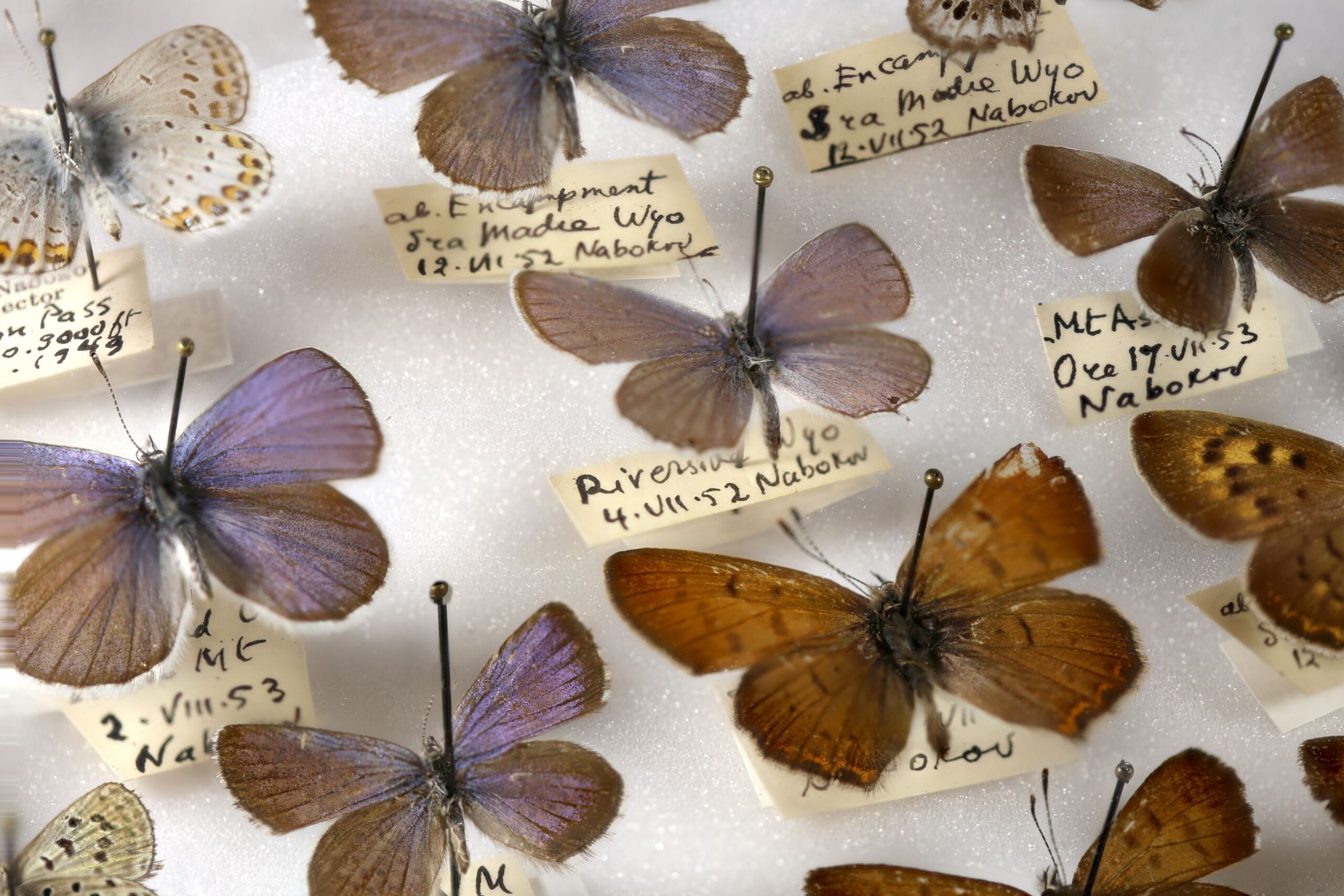
Vladimir Nabokov: Lepidopterist
From the life and net of a butterfly scientist
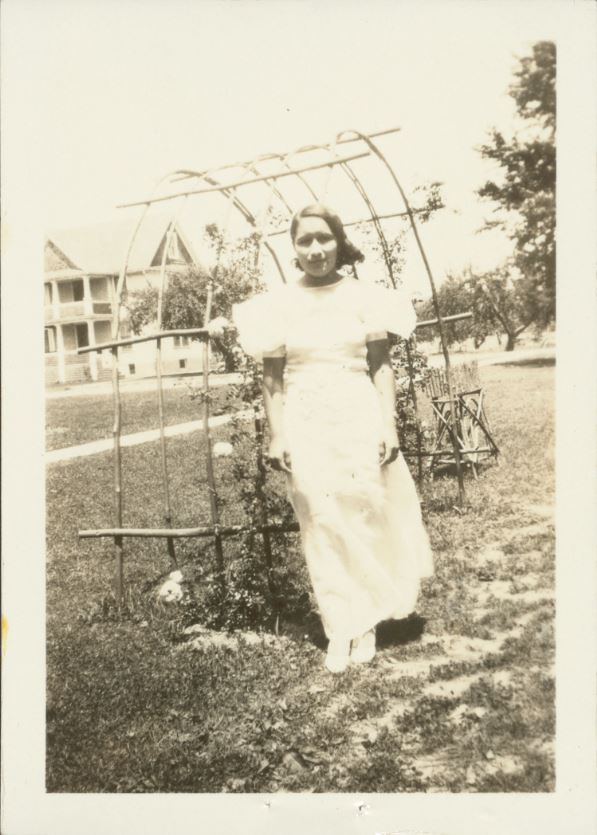
Redressing Histories of Early Hodinǫ̱hsǫ́:nih Women at Cornell, 1914-1942
Visit Redressing Histories of Early Hodinǫ̱hsǫ́:nih Women at Cornell, 1914-1942 Exhibit
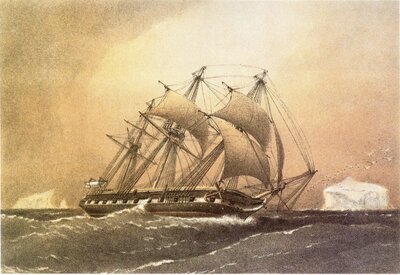
Challenging the Deep: The Voyage and Revelations of HMS Challenger
The Voyage and Revelations of HMS Challenger
Visit Challenging the Deep: The Voyage and Revelations of HMS Challenger Exhibit
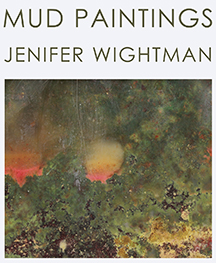
Mud Paintings
Sensing Chemical and Physical Changes of Microbial Industry
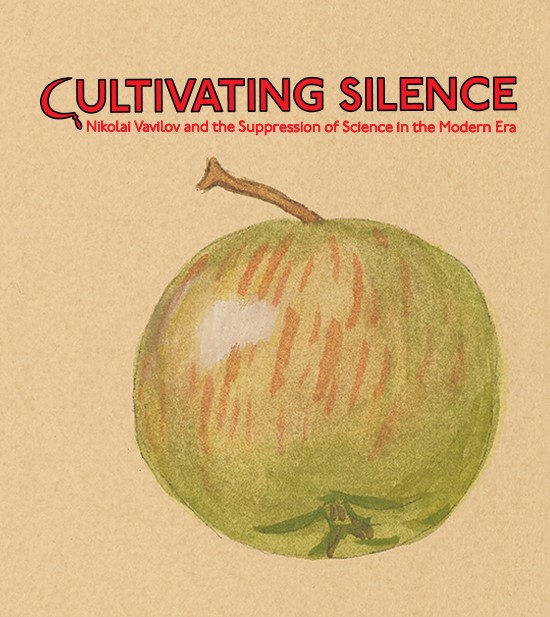
Cultivating Silence
Nikolai Vavilov and the Suppression of Science in the Modern Era
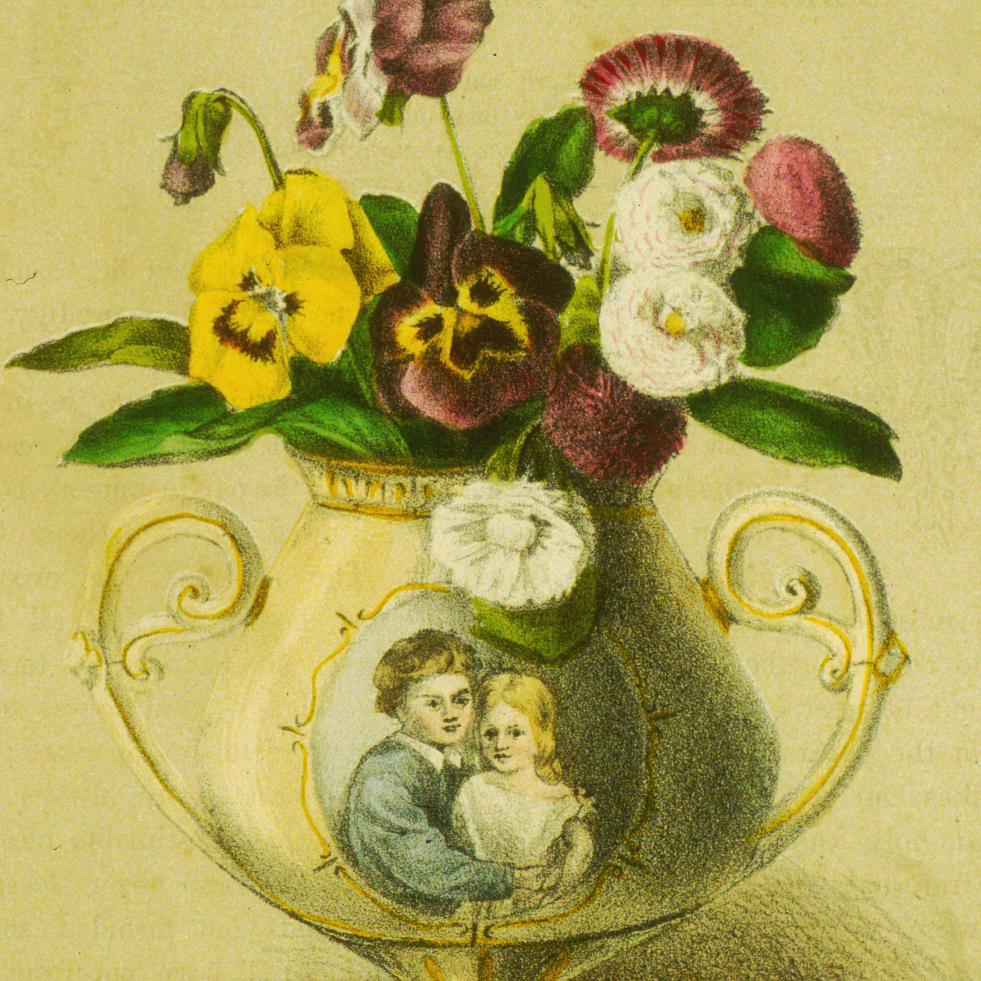
Written in Petals
The Language of Flowers in Victorian Europe
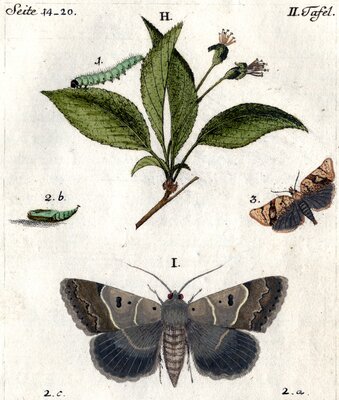
Caught Between the Pages
Treasures from the Franclemont Collection
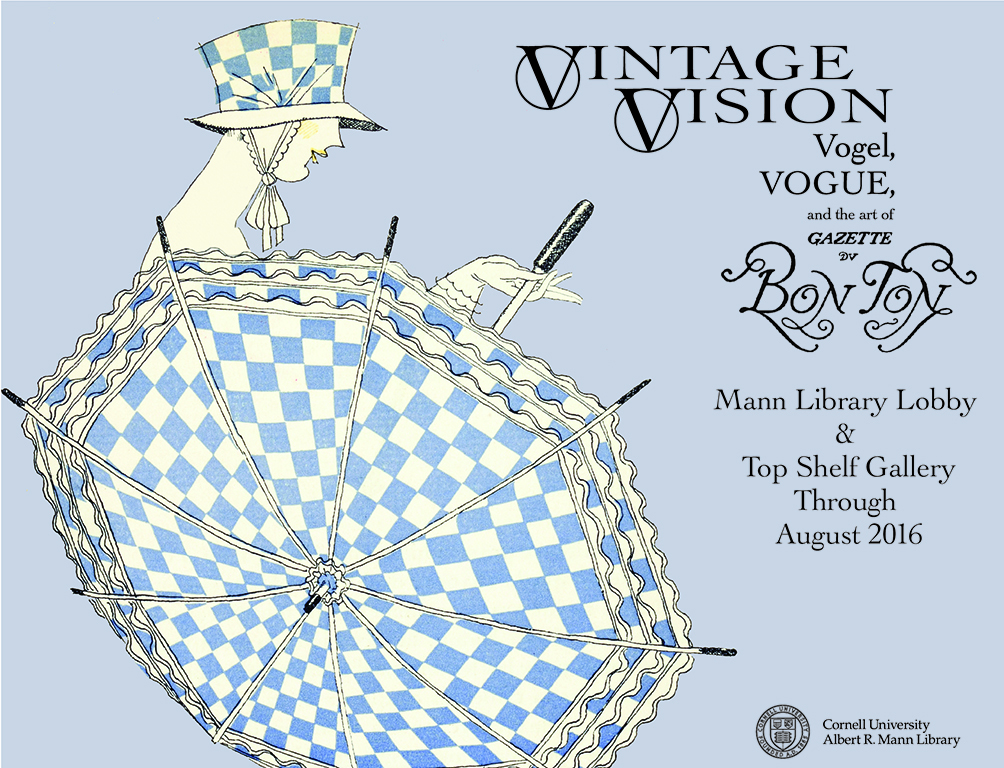
Vintage Vision
The Art of Gazette du Bon Ton
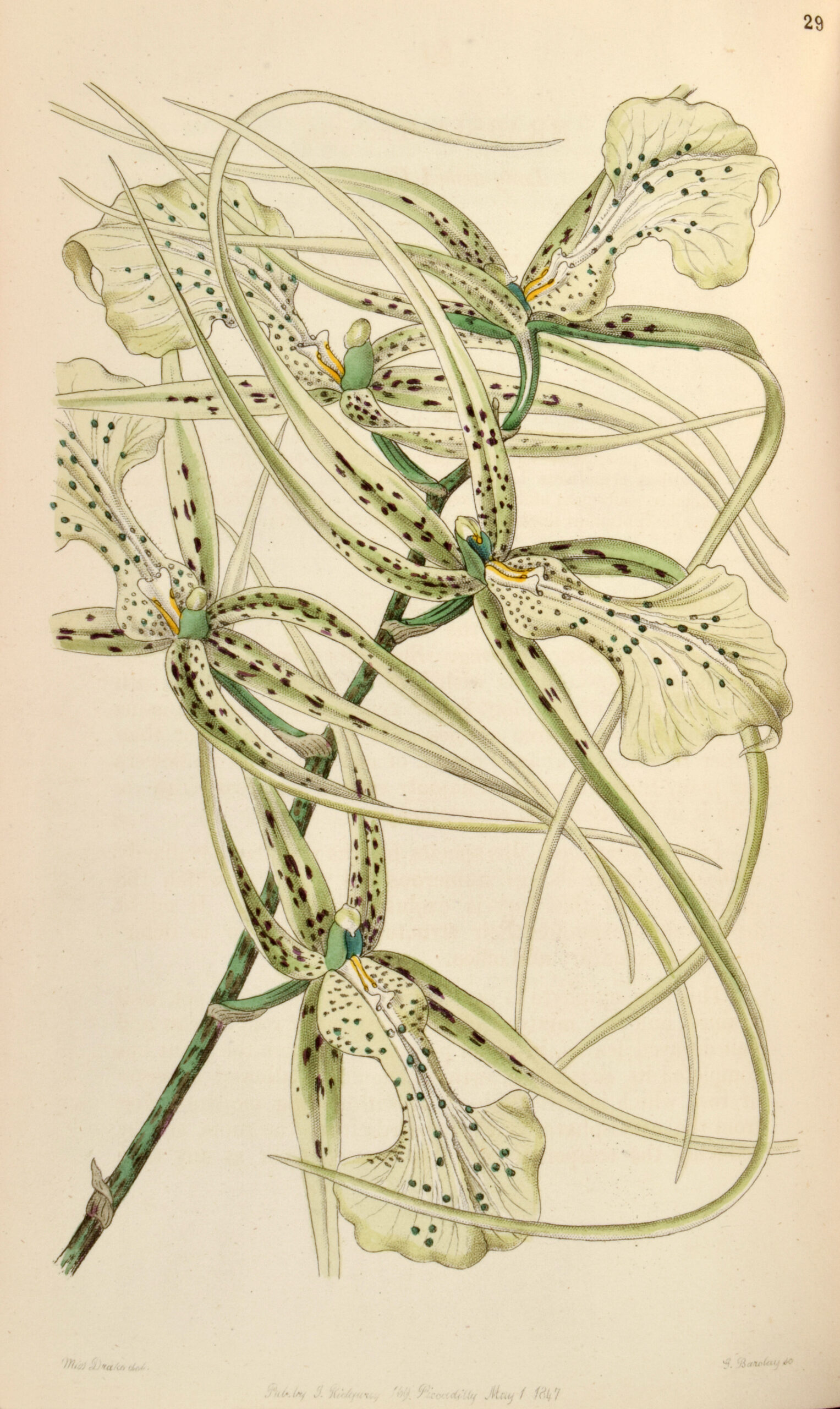
Unturned Leaves
Early Women in Botanical Illustration
